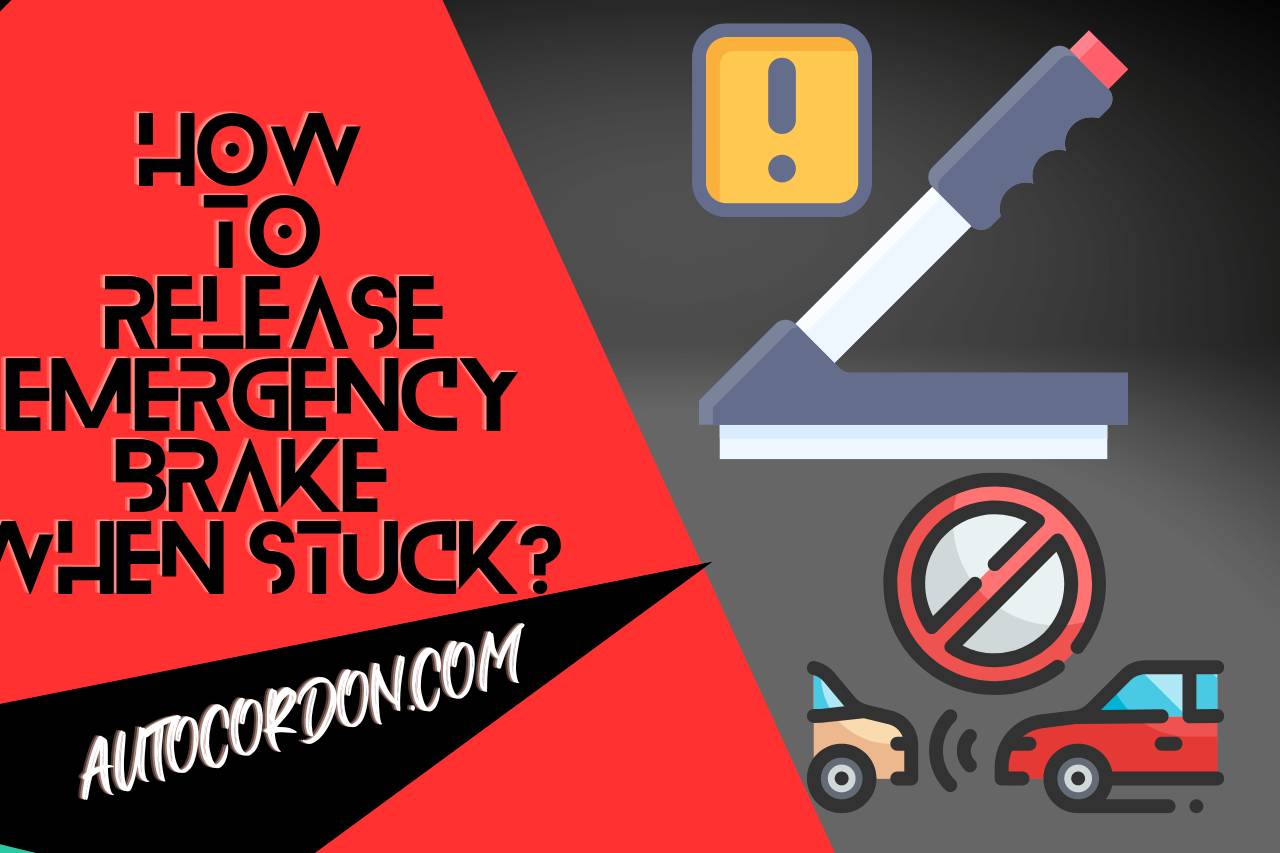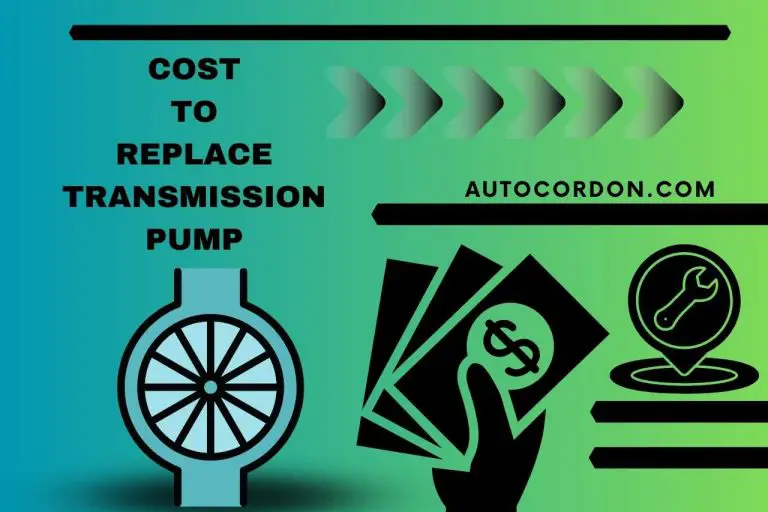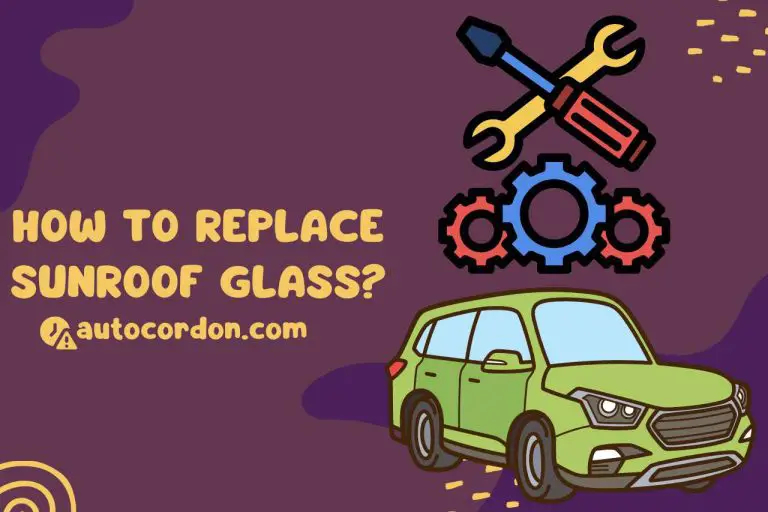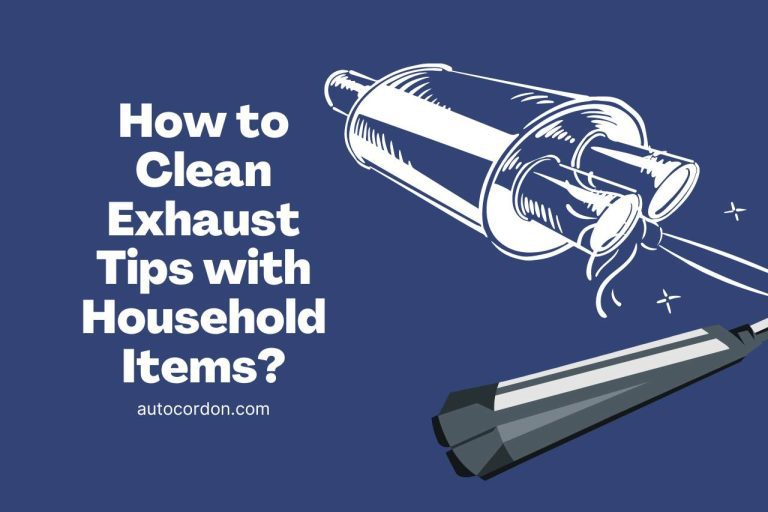How to Release Emergency Brake When Stuck? – Easy Solutions
The emergency brake is an integral part of any vehicle for proper functioning. But not when it starts loading up you with troubles by not getting stuck and not working as it should. Wonder how to release emergency brake when stuck? We’ve got your back!
Let us walk in and discuss how you can resolve issues and return to regular operation if the brake system gets stuck.
Stick around to get into all deets of the causes and the solutions.
What is the Duty of Emergency Brake?
To stop the vehicle when needed – yes, you already knew it.
The importance of the functionality of the emergency brake system can hardly be over-emphasized.
Do NOT ever watch by and ignore issues in the emergency brake system. Always make sure everything is spic and span with the braking system, and the operation is smooth.
Imagine going up a hill and being unable to pull a brake to pause the motion. Dang! You will fall off the cliff, and death is the only option. (That’s some dark humor – as long as it conveys the message, lol)
Why Won’t My Emergency Brake Release?
Under certain conditions, emergency brakes will act up by not responding. It is very alarming and potentially dangerous.
What might be the reason/ reasons for this aching issue?
There are a few culprits responsible. Let’s break them down.
-
Freezing Weather
If you are experiencing winter or in a freezing environment, the mercury in the braking system is likely to freeze.
In this case, the brakes will not work since there is no fluid circulation as needed.
-
Corrosion
Metals have this very annoying but inevitable trait where it is prone to rusting over time.
Since brake handles and cables are of metal composition, corroding is expected. If there is rust in the braking system, smooth working will be heavily interrupted.
Therefore, rusting in the brake system is another significant reason your brakes may not work.
-
Constant Engagement
It is a general thumb rule to NOT let a vehicle engage for too long. If you let your car engage for more than two or three days, the brake system may get stuck and not be as smooth as you want.
Hence avoid engaging your vehicle for too long.
-
Jammed Brakes
Careful handling is a need. If you are not careful and gentle with the brake handles, it can lead you up to jamming the brake system by stretching the cables.
A jammed brake will get engaged and prevent you from applying a brake.
How to Tell If your Emergency Brake is Stuck?
It is no rocket science.
As a driver, you can quickly identify this issue.
Apply the brake as you always do. If you feel any hardness or hindrances making it hard, something is probably up and wrong with the system.
Let us get into details and wrap our heads around it for clarity.
-
No Movement
If you cannot move the brake handles, it is obviously stuck and needs to be unstuck.
-
Not Disengaging
If you have tried disengaging the brake system a couple of times but failed, your brake system is in trouble and needs to be checked up for clearance.
-
Dragging Sensation
Do you feel like something is dragging your vehicle when driving? Check you’re parking brakes for issues and resolve them. A dragging motion in vehicles is a sign of a faulty braking system.
Can you Drive with a Stuck Emergency Brake?
Yes, you can. But is it recommended? No, it is not.
Driving with a stuck emergency brake for short distances on a safe road is acceptable, like going for a grocery run.
But taking on long journeys on big roads is undoubtedly not recommended as it threatens safety even if it is at slight levels.
So try your best not to drive with stuck emergency brakes.
Once you identify a stuck emergency brake, please resolve it as soon as possible for your well-being, the car and others.
How Long Can you Drive with the Emergency Brake On?
You can safely drive for a short period with the emergency brake on. While it will allow you to drive on for long periods, it escalates issues on the other end.
So you shouldn’t dwell on it forever. As it is an emergency functionality, use it under emergencies and keep it short.
How to Release Emergency Brake When Stuck?
Depending on the cause of the brake system getting stuck, you can easily unstick it.
Let us see how you can release a stuck brake system and turn back operations to smooth and normal conditions.
-
Warm-up
If your brake system is frozen and stuck, warm it up to the frozen content and make it run.
How can you warm it up – that is the question?
Well, start your vehicle and rev the engine for a few minutes. Do not rush the procedure, as melting is a slow process. Be patient and gentle throughout.
After several shots, release and reapply the brake to sort out the remaining frozen content. Then apply the brake and release it for the final time to ensure everything is back to normal.
If it is, you have passed. If not, play the game longer and let the frozen content melt completely.
-
Remove Rust or Lubricate
If corrosion is disturbing the brake system’s functioning, work on getting rid of the rust.
You can manually work on it by applying the brake system a few times and driving the car back and forth. The continuous movements will help remove stubborn and significant corroded materials.
However, this is not a permanent solution and not the best solution if the corrosion rate is worse.
In this case, you may need to consult a mechanic and lubricate the parts. Sometimes you will even need to replace specific parts if lubrication isn’t enough to fix it up.
-
Disengage the System
To disengage, you must turn on the car and revive it a few times. Drive back and forth for a while, and you will be good to go.
What if it still does not disengage? The issue might be profound in that case, and it’d be best to seek professional help.
-
Engage
To resolve a jammed brake system, engage and release the brakes several times. If the jamming isn’t fixed, you will need expert help.
You May Also Like
- Battery and Brake Light On – Causes plus Solutions
- Groaning Noise When Reversing – The Exact Reason Found!!!

Madusha is a writer for Autocordon.com and a seasoned mechanic with a profound passion for all things automotive, particularly the intricate world of vehicle transmissions. With years of hands-on experience in the garage, Madusha’s expertise extends from routine maintenance to complex repair solutions. In the bustling auto repair community, Madusha is known not only for precision and skill but also for an enthusiast’s zeal for cars that transcends the workshop.



![AAMCO Transmission Rebuild Cost? [Tips & FAQ]](https://autocordon.com/wp-content/uploads/2022/11/AAMCO-transmission-rebuild-cost-768x512.jpg)




